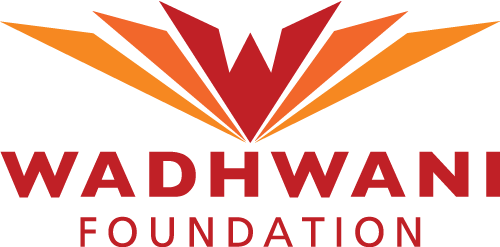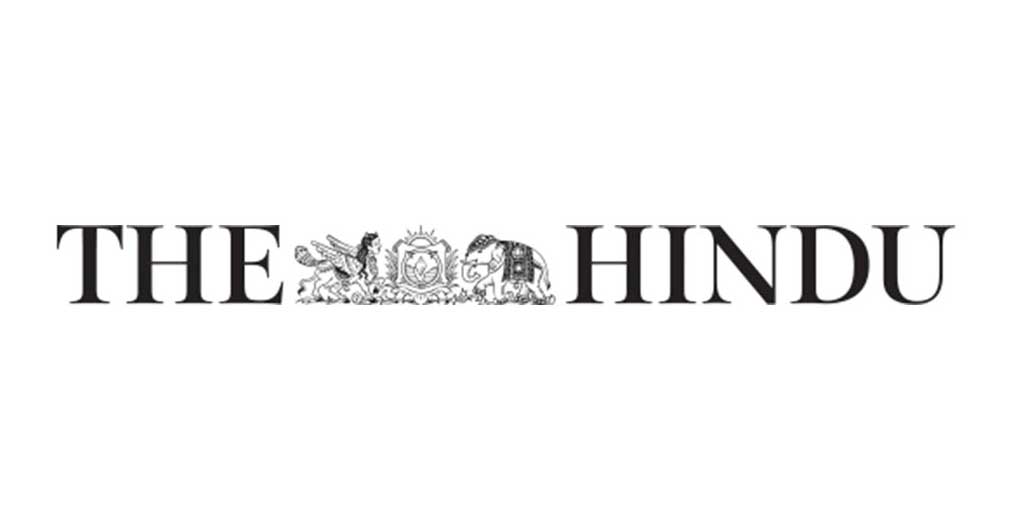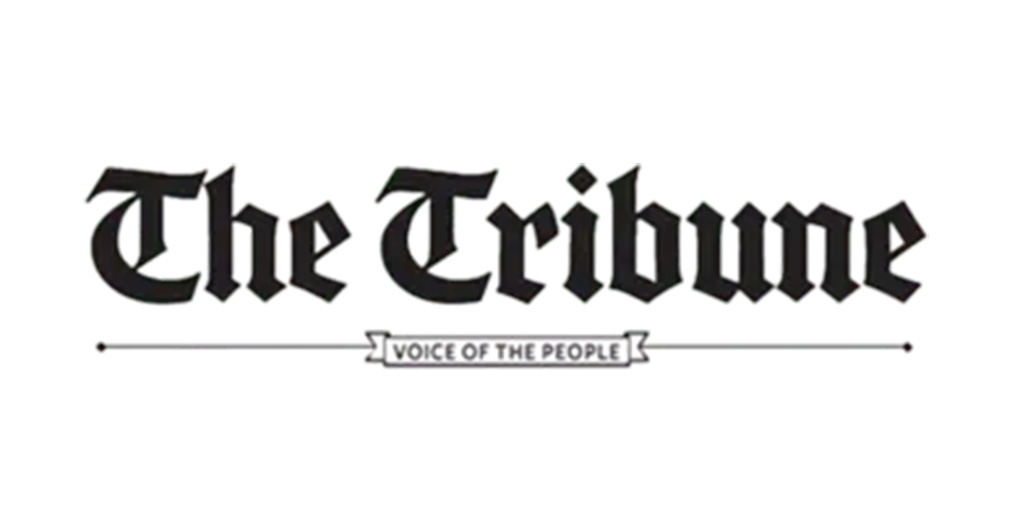Por Kamal Das
A middle-aged lady from a small village is facing severe health issues that the local healthcare Center cannot address. Earlier, she would have to drive to a nearby town or city. She would have to research to identify the appropriate health care facility and the right doctor. She would have to collect all her previous medical reports and perhaps re-do some tests if she did not save the laboratory reports properly. She may also not recollect her medical history correctly. The entire process would take a lot of time, effort and cost.
In August 2021, India announced the Ayushman Bharat Digital Mission (ABDM), also referred to as the National Digital Health Mission.ABDM aims to integrate various healthcare ecosystem players within India digitally. Leveraging the ABDM, the lady may find a suitable healthcare provider online. She may connect with the doctor online using telemedicine and may not need to travel. She would also beable to share her previous medical records with the doctor digitally. Any new medical tests and the diagnosis will be appended to this database. The data will be stored in a distributed manner, and she can decide how much information to share with a particular entity. This is not just a plan, ABDM has already been piloted for over a year in six union territories, and almost 10 lakh Health ID cards had been issued by March 2021.
ABDM showcases India’s transition from a data-poor to a data-rich country with digital records that were earlier stored only in pen and paper. Imagine the range of possibilities that become possible with a repository of India’shealth records. It’s just not the ease and convenience when going to a doctor. A doctor no longer needs to rely on the patient’s memory on allergies and risk factors. This also opens up the possibility of proactive and preventive medicines, research into India-specific diseases and health trends, and much more.
These are being built on top of the India Stack, an open-source digital infrastructure that aims to enable a paperless service delivery model. Applications of India Stackinclude the Unified Payments Interface (UPI), which was launched in January 2016. With the UPI, digital payment transactions in India have zoomed. In 2020, India had the maximum real-time payments transactions globally (25.5 billion), over 60% more than second-placed China with 15.7 billion transactions. In October 2021, the number of transactions has grown to a record 4.2 billion and the value of transactions crossed USD 100 billion.
All the data is captured and can be used to find many interesting facts. The largest UPI payment interface, PhonePe, notes that almost 10% of daily transactions in India happen after work hours between 7 pm to 8 pm. Patiala users, on average, invest ₹30,000 in Mutual Funds, which is 2.5 times that of Mumbai investors! All these data can be mined and analyzed for multiple trends, including a better understanding of how Indians spend. These predict the shifts in consumption and enable better forecasting for companies and refined policy interventions by the government.
The availability and ease of use of data will only improve. In September 2021, a new technology infrastructure, account aggregator (AA), was launched. The AA platform allows the data of individuals to be collected, with their consent, and shared among financial institutions.
Imagine a small merchant who wants to expand his business. He has his savings bank account in Bank 1. His current account is with Bank 2. He has a credit card with Bank 3. He learns that XYZ Bank is offering loans to SMEs at reasonable interest rates. Earlier, he would have to submit audited personal and business documents to XYZ Bank- his bank statements from all his banks, his tax filings (personal), business documents, and GST filings. He may not get the best rates or even a loan due to the complexity, time, and effort needed to get all the data together. Now all the details of his financial history across multiple financial institutions will be stored in the account aggregator (AA) platform, which can be shared (after his consent) with XYZ Bank directly.
India utilizes technology to digitally capture land records with the Digital India Land Records Modernization Programme (DILRMP). In 2020, the government launched the Survey of Villages and Mapping with Improvised Technology in Village Areas (SVAMITVA) using drones to capture data digitally. In the next few years, this will enable a more seamless record of ownership in rural and urban India.
In all areas, including health, finance or real estate, India is developing rich datasets which can be used for more effective governance, better policymaking, and enhancing services to its citizens. The proliferation of technology for the public good in India has enabled the country to leapfrog many developed economies. For instance, while the US had handwritten COVID vaccine record cards, in India, these were in digital format in the Cowin app or Aarogya Setu!
India’s focus on open source technology and steady adoption of a digital infrastructure that effectively captures data and enables its use for the public good is exemplary. We are confident that current innovations will accelerate India’s transformation to a data-rich and spur India’s march towards emerging technology excellence.
Fonte: Expresso financeiro




